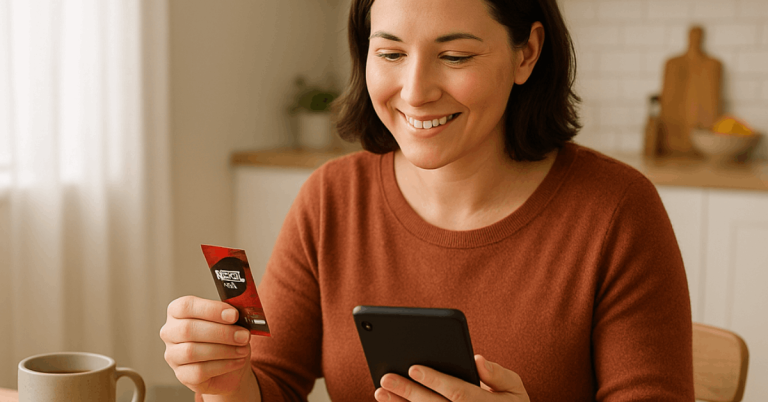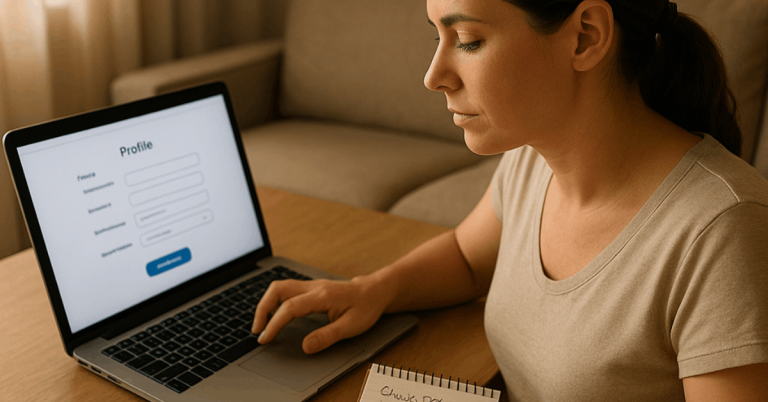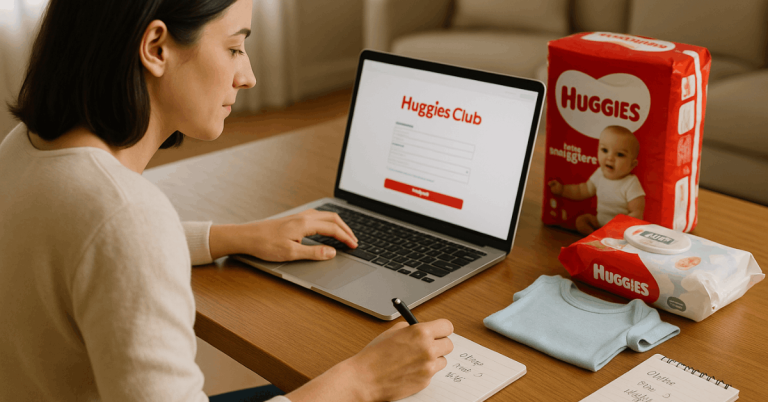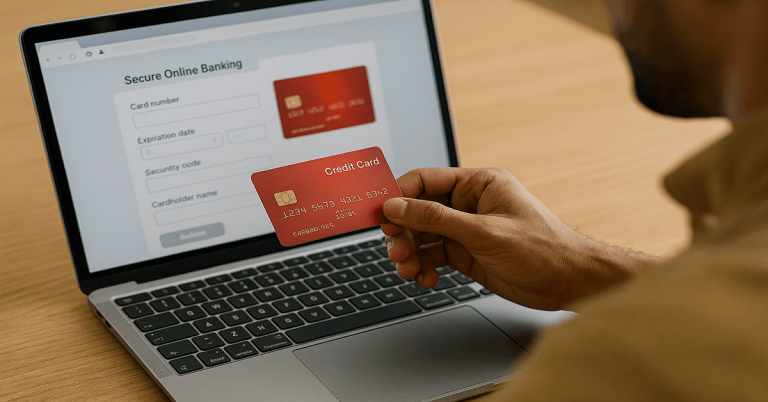Reliable monitoring starts with clear setup, disciplined routines, and simple checkpoints that surface meaningful signals quickly. Most apps help monitor heart health by collecting heart rate, rhythm flags, and blood pressure alongside daily activities.
Pairing a validated sensor raises accuracy, while careful interpretation converts raw metrics into practical next steps. Consistent tracking then supports early detection, better training zones, and smarter conversations with clinicians when needed.
What Heart Health Tracking Actually Involves
Effective tracking focuses on a few repeatable measurements that reflect cardiovascular status over time.
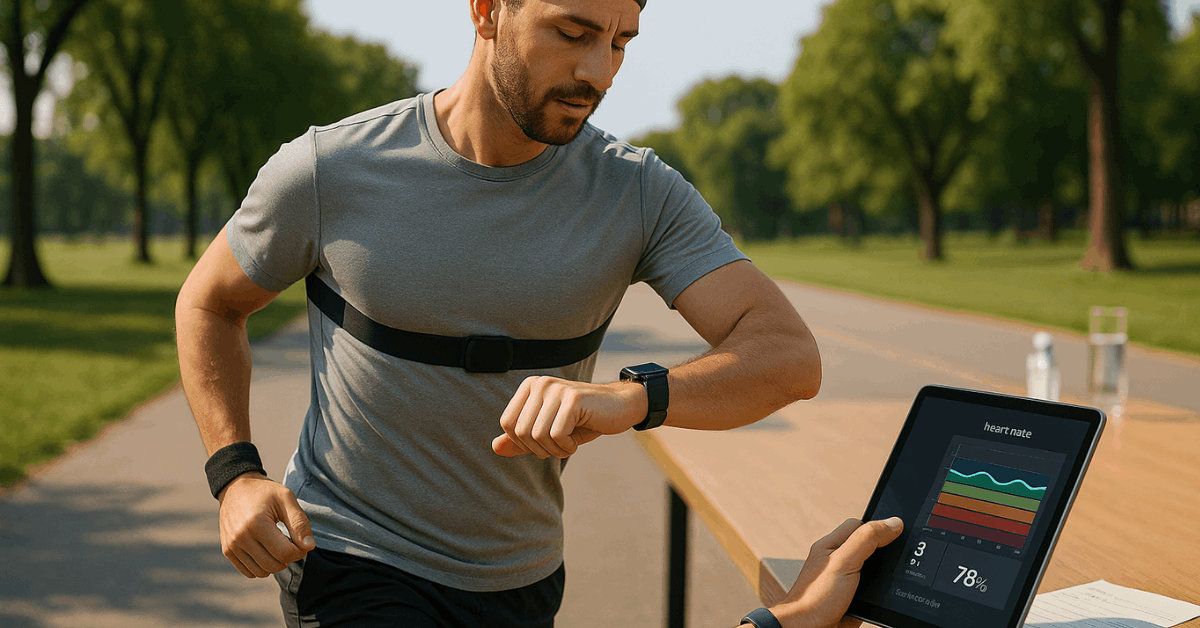
Core metrics include resting heart rate, heart rate variability, blood pressure, and rhythm notifications where supported.
Context matters because readings shift with sleep, caffeine, stress, and illness significantly. A simple plan measures consistently, reviews trends weekly, and escalates concerns appropriately.
Safety, Accuracy, And When To See A Clinician
Consumer apps guide wellness, while medical diagnoses belong to licensed professionals and validated devices. Seek urgent care for chest pain, fainting, severe shortness of breath, or sustained palpitations.
Concerning patterns include rapidly rising morning blood pressure or progressively worsening exercise intolerance. Medical groups like the American Heart Association and European Society of Cardiology recommend individualized evaluation.
Set Up The App Correctly The First Time
Accurate baselines require proper onboarding and careful sensor pairing before daily use begins. Start by completing age, sex, height, weight, and medications so ranges calibrate sensibly.
Calibrate wearables per manufacturer steps and wear them snugly above the wrist bone. Add a home cuff for blood pressure monitor pairing and follow seated measurement guidelines strictly.
Daily Workflow Inside The App
Clear routines keep data clean and decision-ready without constant fiddling throughout busy days. The steps below create consistent input, actionable alerts, and compact weekly reviews that actually guide behavior change.
- Capture a morning baseline daily: Record resting heart rate and HRV after waking, then log sleep duration and perceived recovery. Those inputs stabilize resting heart rate trends and improve heart rate variability tracking quality significantly.
- Log blood pressure seated, arm supported: Take two readings one minute apart, then store the average with tags for caffeine or symptoms. Consistent timing improves comparisons across weeks and surfaces meaningful seasonal shifts faster.
- Enable intelligent alerts for rhythm flags: Turn on the arrhythmia notification feature where available, then review any episodes calmly with time and activity context. Escalate persistent notifications or symptomatic events to a clinician for evaluation.
- Track exercise with heart zones: Start workouts in-app to capture intensity, recovery slopes, and a computed cardio fitness score: Review splits weekly to adjust training volume and protect against overreaching or undertraining.
- Sync and back up data automatically: Keep Apple Health and Google Fit sync enabled, then verify successful merges after major app updates. Redundant storage protects longitudinal history that clinicians often find uniquely valuable.
Core Metrics At A Glance
Understanding ranges prevents overreaction to single numbers taken out of context. Use these as conversation starters with clinicians rather than rigid pass–fail rules.
The table summarizes common targets for generally healthy non-pregnant adults and flags that merit attention.
| Metric | Typical Adult Range (Rest) | What To Watch | Named Authority |
| Resting Heart Rate (BPM) | ~60–100 BPM | Persistent rise ≥10 BPM vs. personal baseline | American Heart Association |
| Blood Pressure | ~120/80 mmHg | Repeated readings ≥130/80 mmHg | American College of Cardiology |
| Heart Rate Variability (HRV) | Highly individual; higher often better | Consistent downward trend over weeks | European Society of Cardiology |
| Rhythm Notifications | N/A | Atrial fibrillation or irregular rhythm flags | U.S. FDA guidance on wearables |
| Cardio Fitness Estimate | Age- and sex-adjusted VO₂ proxies | Declining category despite similar training | World Health Organization |
Choose Your Data Sources The Right Way
Different collection methods suit different goals, budgets, and medical contexts reliably. Camera-based measurements help with quick checks, while wearables capture continuous loads and sophisticated patterns.
An ECG-capable device adds rhythm detail, and a validated cuff anchors blood pressure decisions. Mixing sources carefully improves accuracy and reduces noise without overwhelming daily workflows.
Camera Photoplethysmography (PPG)
Smartphone cameras estimate pulse by analyzing fingertip color changes under stable lighting. Results support habit tracking when motionless measurement conditions are respected consistently every morning.
Avoid stray movement, cold fingers, and inconsistent pressure, as these can notably distort readings. Treat results as wellness guidance rather than diagnostic proof for clinical decisions.
Optical Wearable Sensors
Wrist devices use green and infrared LEDs to capture continuous heart rates day and night. Tight, consistent placement above the wrist bone improves accuracy during movement significantly.
Optical sensors commonly struggle during high-impact exercise, tattoos, and loose bands. Pair with manual checks or straps for intervals that cause optical dropouts.
ECG-Capable Wearables Or Accessories
Electrode-based devices record electrical signals that support rhythm analysis and facilitate easy PDF sharing. Many consumer options integrate with an FDA-cleared ECG app for atrial fibrillation detection.
Short spot checks confirm irregular readings seen on optical sensors during workouts. Clinicians often prefer rhythm strips over summaries when evaluating symptomatic episodes carefully.
Home Blood Pressure Cuffs
Upper-arm automated cuffs remain the gold standard for home blood pressure tracking. Proper cuff size, seated rest, and supported arms matter more than brand names.
Average two to three readings per session and tag caffeine, pain, or stress. Keep cuffs validated against clinical devices annually during routine appointments for accuracy.
Privacy, Security, And Data Control
Health data deserves strong safeguards that match local regulations and personal risk tolerance. Choose a HIPAA-compliant health app or regionally equivalent standard where available and applicable.
Require device passcodes, biometric locks, and two-factor authentication for cloud services routinely. Review retention policies, export options, and access logs to maintain control over records.
Troubleshooting Accuracy Issues
Small technique fixes often resolve most outliers before clinical escalation becomes necessary. Warm hands, steady breathing, and quiet rooms stabilize morning HRV and resting pulses. Snug straps, clean sensors, and consistent wrist placement improve wearable accuracy during movement.
Recalibrate blood pressure routines by checking cuff size, seated posture, and measurement timing. If results remain inconsistent despite careful technique, change the measurement channel strategically.
Swap optical tracking for a chest strap during intervals and compare slopes afterward. Add brief ECG spot checks to confirm rhythm concerns captured during symptoms.
Compare Data Sources For Monitoring
Selecting the right tool for the job prevents frustration and supports excellent adherence. The comparison below maps common sources to realistic strengths and watch-outs for everyday use.
Match the mix to goals, budget, and medical guidance to avoid needless complexity. Keep one primary source and one verification method for sanity and long-term consistency.
| Source Type | Strengths | Best For | Caveats To Manage |
| Camera PPG | No hardware cost, quick spot checks | Morning baselines, travel | Motion sensitive; lighting dependent |
| Optical Wearable | Continuous data, sleep and activity context | Training and recovery plans | Less accurate at high impact |
| ECG-Capable Wearable | Rhythm clarity, shareable strips | Palpitations, AFib checks | Spot checks, not continuous ECG |
| Upper-Arm BP Cuff | Clinically preferred home BP measure | Hypertension tracking | Requires seated protocol adherence |
Interpreting Trends Without Overreacting
Trends matter far more than single spikes taken after stress or poor sleep. Look for three-to-seven day averages rather than day-to-day noise that tempts overcorrection.
Escalate persistent patterns rather than one-off blips that often normalize naturally. Weekly reviews should combine numbers with actionable decisions that protect long-term goals.
Dropping cardio fitness score categories during stable training might prompt more zone two work. Recurring rhythm flags warrant clinical review, especially if accompanied by symptoms or family history.
Building A Clinician-Ready Report In Minutes
Clean summaries speed appointments and improve shared decision-making for diagnostics or therapy.
- Export a ninety-day PDF with resting rates, HRV, pressures, medications, and symptoms logically.
- Annotate notable events like viral illness, altitude exposure, or training blocks influencing results.
- Keep the file small, dated, and clearly labeled for easy upload to portals.
- Include rhythm strips generated through an FDA-cleared ECG app if episodes occurred recently. A
- dd medication start or dose-change dates that correlate with observed trend shifts meaningfully.
- Confirm device models and firmware versions in case accuracy or recall notices matter.
- Bring the cuff for in-office comparison if home and clinic readings disagree materially.
Conclusion
A strong routine plus appropriate hardware lets any modern app monitor heart health effectively. Morning baselines, disciplined blood pressure sessions, and rhythm alerts create a dependable early-warning system.
Privacy-first setups, automatic syncing, and concise reports transform raw data into clinical value. Follow the workflow, respect thresholds, and escalate persistent concerns to qualified professionals promptly.

